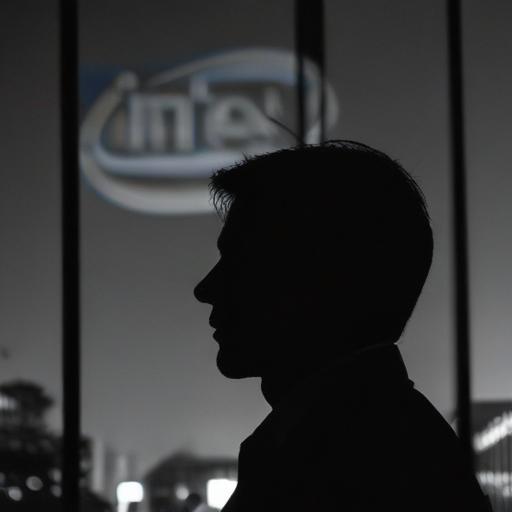Lip-Bu Tan has taken over as CEO of Intel, stepping into the role with a strong record of successful turnarounds from his time at Cadence Design Systems. When Tan became CEO at Cadence in 2009, the company’s shares were priced around $5.50. By the time he departed in 2021, the stock had skyrocketed to near $186, a remarkable increase of approximately 3,200%. This impressive transformation raises hopes that Tan’s strategies could similarly revitalize Intel, where shares currently hover around $20.
Since assuming the role at Intel, Tan has begun implementing significant changes aimed at streamlining operations. He has already initiated a reduction in workforce, worked to eliminate unnecessary bureaucracy, and prioritized the company’s core engineering competencies. Tan emphasizes the necessity for Intel to divest non-core assets and enhance its focus on customer needs—all steps that are expected to yield enhanced operational metrics over time.
On the artificial intelligence front, Tan has introduced initiatives aimed at developing hardware and software optimized for AI, with the support of Sachin Katti, the new Chief Technology and AI Officer. Additionally, Intel’s ongoing quantum computing initiatives, including its 12-qubit Tunnel Falls chip, position the company to collaborate with major players like Alphabet and Amazon, who are in search of dependable foundry partners.
Amidst current trends pushing for U.S. onshoring, Intel could also benefit from increased domestic manufacturing initiatives. Furthermore, emerging markets such as humanoid robotics, expected to reach a valuation of $38 billion by 2035 according to Goldman Sachs, may present additional growth opportunities for Intel. The company’s processors and RealSense depth cameras could become essential components in new robotic systems.
While Tan faces significant challenges ahead, his proven track record indicates that Intel may be on a path toward renewed growth and improved investor confidence. The future looks optimistic under his leadership as the company adapts to shifting technological landscapes and capitalizes on new market opportunities.
